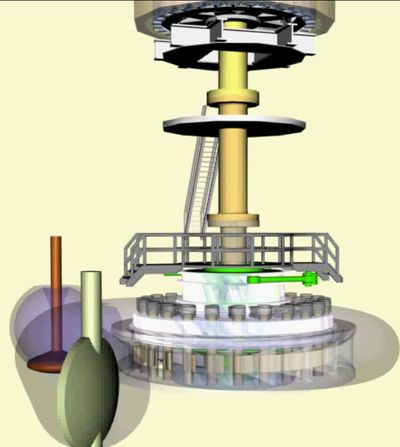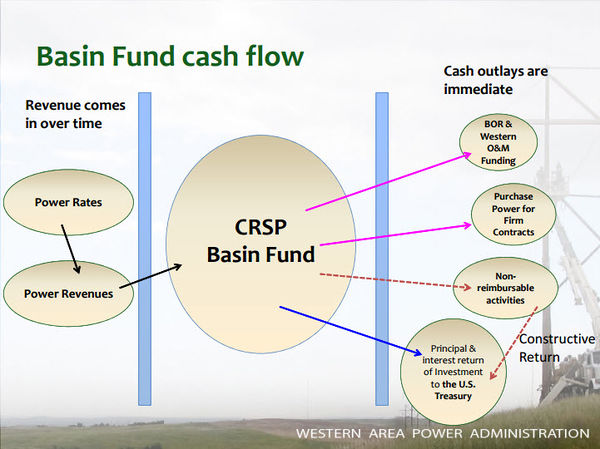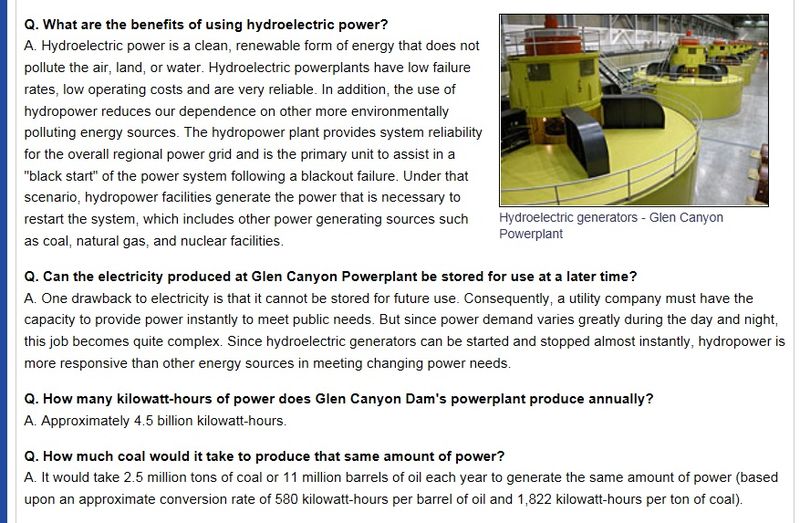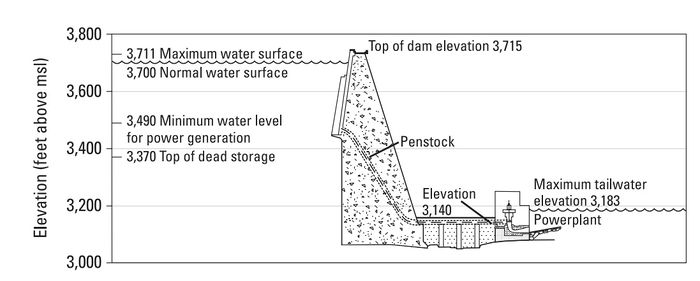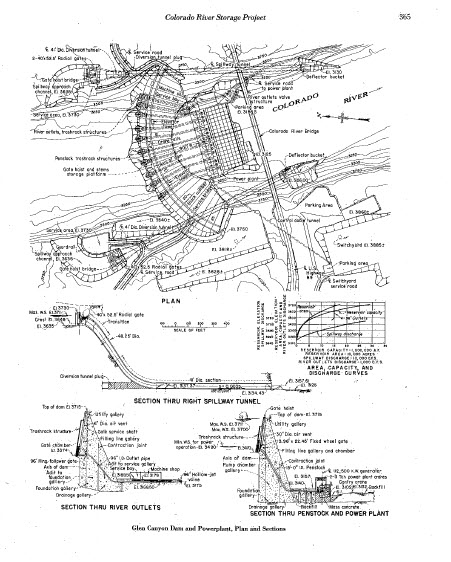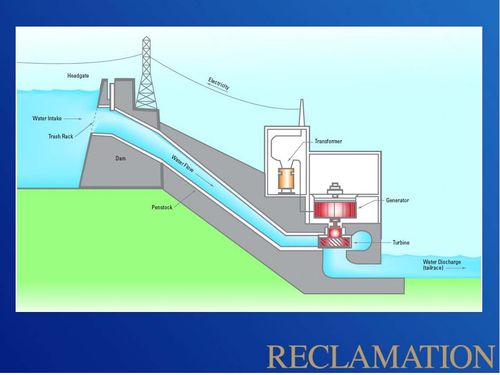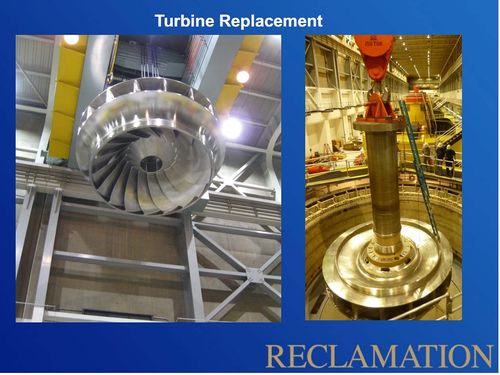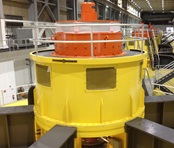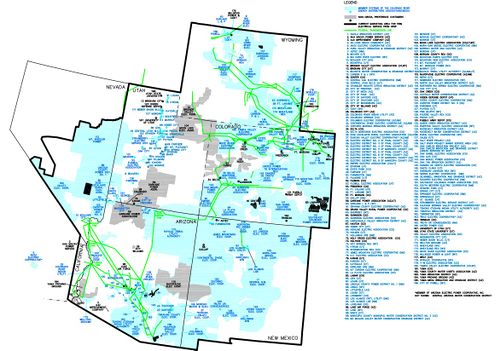Difference between revisions of "HYDROPOWER"
Cellsworth (Talk | contribs) |
Cellsworth (Talk | contribs) |
||
| Line 41: | Line 41: | ||
{| style="width:100%; height:50px" border=1px solid #ccc; background:#cedff2 | {| style="width:100%; height:50px" border=1px solid #ccc; background:#cedff2 | ||
! style="width=33%; background:#cedff2;" | [[TBD|---]]<br> | ! style="width=33%; background:#cedff2;" | [[TBD|---]]<br> | ||
| − | ! style="width=33%; background:#cedff2;" | [[Hydropower-General Learning Page| '''Hydropower | + | ! style="width=33%; background:#cedff2;" | [[Hydropower-General Learning Page| '''Hydropower - Online Training''']] <br> |
! style="width=33%; background:#cedff2;" | [[TBD|---]]<br> | ! style="width=33%; background:#cedff2;" | [[TBD|---]]<br> | ||
|} | |} | ||
Revision as of 15:04, 18 July 2016
|
|
Glen Canyon Dam is the second highest (710 feet) concrete-arch dam in the United States, second only to Hoover Dam which stands at 726 feet. The 26.2 million acre-feet of water storage capacity in Lake Powell, created by Glen Canyon Dam, serves as a ‘bank account’ of water that is drawn on in times of drought. This stored water has made it possible to successfully weather extended dry periods by sustaining the needs of cities, industries, and agriculture throughout the West. Hydroelectric power produced by the dam’s eight generators helps meet the electrical needs of the West’s rapidly growing population. With a total capacity of 1,320 megawatts, Glen Canyon Powerplant produces around five billion kilowatt-hours of hydroelectric power annually which is distributed by the Western Area Power Administration to Wyoming, Utah, Colorado, New Mexico, Arizona, Nevada, and Nebraska. In addition, revenues from production of hydropower help fund many important environmental programs associated with Glen and Grand canyons. The designation of Glen Canyon National Recreation Area in 1972, underscores the value and importance of the recreation benefits associated with Lake Powell and the Colorado River downstream of the dam. The GCNRA is managed by the National Park Service. Glen Canyon Dam is the key water storage unit of the Colorado River Storage Project, one of the most complex and extensive river resource developments in the world. Without it, development of the Upper Colorado River Basin states’ portion of the Colorado River would not have been possible. |
| --- |
Hydropower - Online Training |
--- |
|---|
|
|
